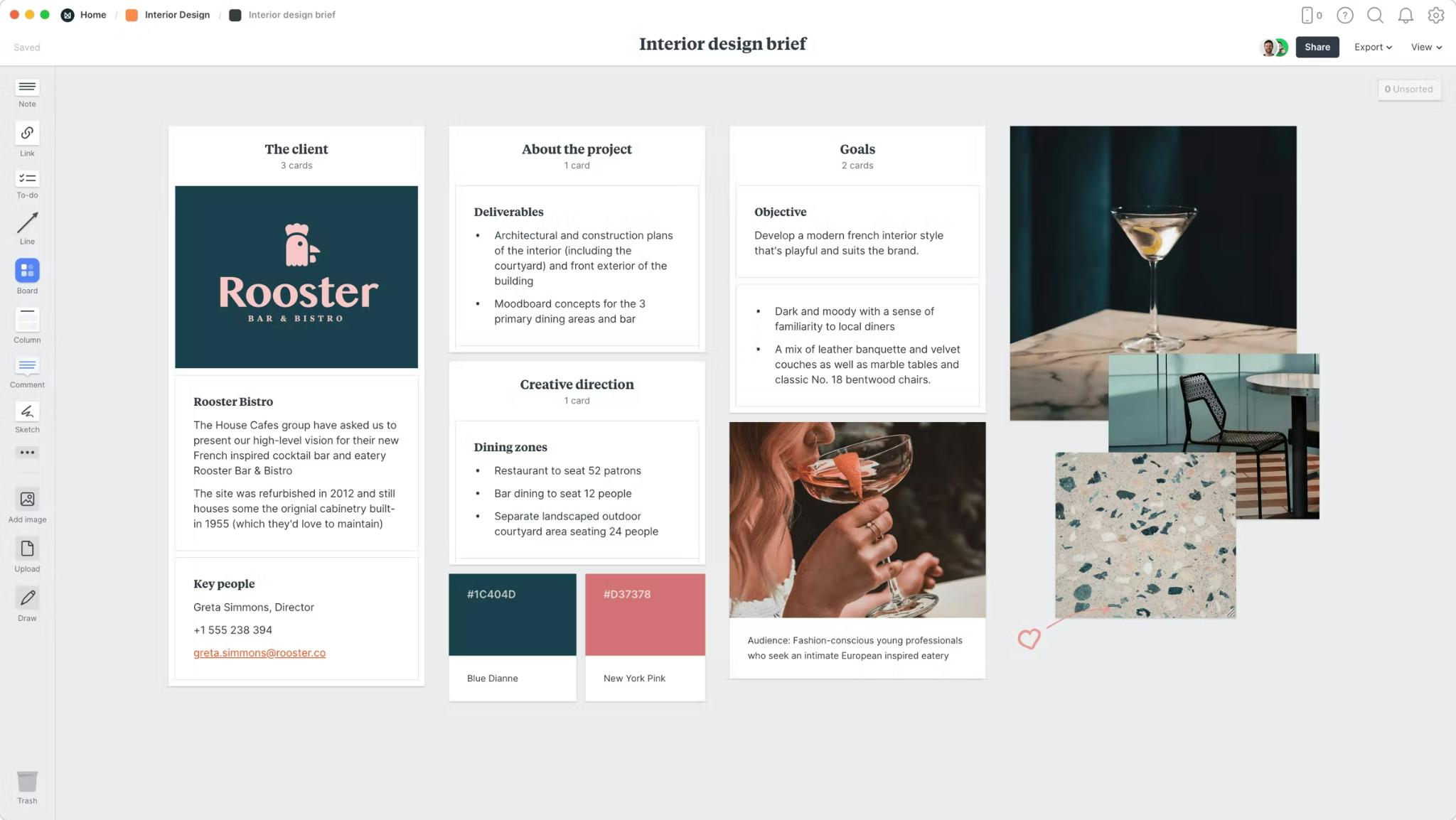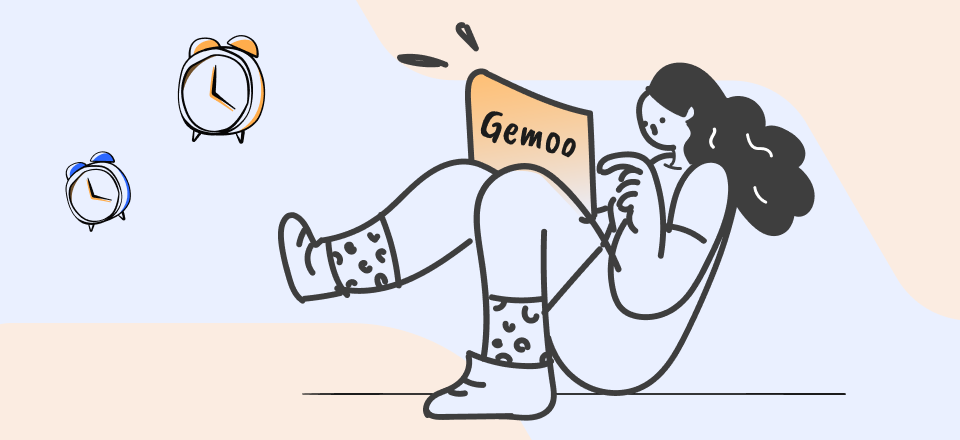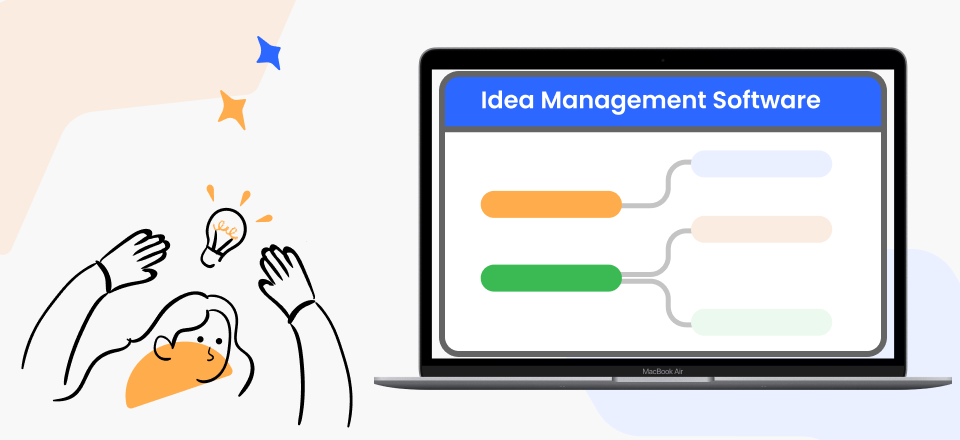Design is all around us, from the clothes we wear to the logos on our favorite products, the website we’re on right now, and lots more. But have you ever wondered how those designs came to be? Well, behind every successful design is a well-crafted design brief.
A design brief is a document that outlines the goals, objectives, and expectations of a project, serving as a roadmap for the design team. So, if you’re looking to start a new project, the first step is to write a design brief. But the big question is; how do you write a design brief?

How to Write a Perfect Design Brief?
This article will guide you through how to write a design brief perfectly. From defining your project goals to providing context and inspiration for the design team and lots more. Let’s dive in without wasting much of your time.
Table of Contents: hide
What is a Design Brief and Why Do You Need It?
Who Will Create a Design Brief?
What is a Design Brief and Why Do You Need It?
As mentioned earlier, a design brief is a document that outlines the goals, objectives, and expectations of a project, serving as a roadmap for the design team. It provides an overview of your project, the potential problems, and how to solve unexpected problems. This allows everyone involved in a project to be on the same page, from the initial concept to the final product.
Below are the main reasons why you need a design brief for your project;
- Clear definition of project objectives: A design brief can help clarify the goals and objectives of the project. It provides a clear outline of what the client wants to achieve, what the project is supposed to achieve, and how the design will help achieve those goals.
- Guidance and direction: The design brief provides the designer with the necessary guidance and direction to ensure that the design meets the client’s needs and requirements. This document helps the designer to understand what the client is looking for, and what they want to achieve.
- Save time and money: A well-written design brief can save time and money by ensuring that the designer and client are on the same page from the start of the project. This reduces the risk of misunderstandings, revisions, and rework.
- Set expectations: A design brief sets clear expectations for the project and ensures that everyone involved understands what is required. This helps to avoid disagreements, misunderstandings, and disappointments.
- Ensure consistency: A design brief helps ensure consistency throughout the project. It provides a clear set of guidelines that the designer can follow, which helps to ensure that the design is consistent across all aspects of the project.
- Provide a basis for evaluation: The design brief provides a basis for evaluating the success of the project. It establishes the criteria that will be used to measure the success of the design, which ensures that the project is evaluated based on the objectives outlined in the brief.
Who Will Create a Design Brief?

How to Write A Design Brief
Typically, the client is responsible for creating a design brief since he/she is the one with the vision and goals for the project.
However, in cases where the client is unsure about what they want and the design team has a better understanding of the project, then the design team could take responsibility to carry out the operation.
In all, the responsibility of creating the design brief should be a collaborative effort between the design team and the client. The client should provide the necessary information and context, while the design team should ask questions and provide guidance to ensure that the design brief captures the project’s goals and objectives accurately.
What Is a Perfect Design Brief Should Have?
In general, a perfect design brief should contain the essential information that is required to execute a project successfully. Although the information could vary depending on the project that needs to be executed, it must include the following;
Background Information of the Brand:
A design brief must entail the background information of the project. It gives the designers a brief understanding of the client’s brand history, industry, target audience, and design requirements.
Project Goals:
Clearly defining the project goals is essential to the design process. A good brief should explain the desired outcomes of a project, including its purpose, what the design should achieve, and the goal the client intends to achieve.
Scope of the Project:
The design brief should clearly define what is included and excluded from the project. It should explain what work the designers will execute for the client.
Target Audience:
Another thing a design brief must contain is the project’s target audience. It should specify the target audience’s relevant information like demographics, behavior patterns, preferences, age, and lots more. This is crucial for creating very effective designs.
Budget:
Specifying the budget for your project in a design brief will help the design team understand the level of complexity and detail that is expected within the given budget.
Timeline:
Setting milestones and deadlines is a great way to ensure that the project stays on track and is completed on time.
How to Write a Design Brief?
If you’re looking to take your design project to the next level, you need to learn how to write a design brief. So, if you’re a professional or a newcomer to the industry, the following procedures should help you craft high-quality design briefs that suit the requirements of your project.
Step 1: Begin With The Project Overview:
The first thing you must do when creating a design brief is to write out key information about the company that owns the project. You can discuss the company’s identity, values, industry, size, uniqueness, and lots more. This helps the designers to understand what the company is all about and its competitors. Plus, it gives everyone involved in the project a quick summary they can always refer back to when it’s needed.
Below are things you should discuss;
- The unique strength of the company.
- The product or service offered by the company.
- The company’s guidelines and expectations.
- The importance of the company’s brand.
- The company’s primary needs and how they will be approached.
Step 2: Define The Scope
After you’ve laid out vital information about the project, the next thing is to discuss what the design work is all about.
Perhaps it’s about doing a UI/UX design for a website or designing a new logo for the company, whatever the work you’ll be working on might be, you need to discuss the scope in the design brief. However, keep in mind that both parties must come to an agreement on the scope of the project to avoid confusion during the design process.
Below are things the scope should cover;
- The design that will be created.
- The problems that will be solved with the new design.
- Things that are within and out of the scope.
Step 3: Define The Objectives
Typically, the main goal of a design brief is to be able to solve problems. So, the next thing you should do is explain the main objective of the project. From the problem that the design will solve to the steps that will be taken to fix the problem, you must lay out solid information about your objective for the project in the design brief. All you just need to do is to ensure you’re concise in defining these goals and objectives!
Step 4: Define Your Target Audience
It’s also crucial you don’t forget whom you’re creating the design for. So, your next move is to define your target audience. The best way to define your target audience is to outline them based on relevant information like age, gender, location, hobbies, etc. This helps you create an idea of the category of people your design is catering to.
See some helpful questions you can ask to create a persona;
- What are your audience demographic traits?
- What products is your audience currently using?
- How will your design benefit your audience?
- What is the audience looking for in similar products?
Step 5: Analyze Competitors
Regardless of your industry, the truth is you’ve always got competitors to compete with. So, it’s essential you have a concise understanding of competitors within your industry. From what they are doing to how they do them and lots more. This will help your designers understand how existing companies within your industry work, allowing them to create a unique design that makes you stand out among the crowd.
Step 6: Set Schedule
Up next, create a schedule. It helps you to ensure that the project stays on track and is completed within the agreed timeframe. It’ll allow you to understand the setting realistic timeline, allowing for feedback and revisions, By communicating the schedule clearly, and being flexible, you can help to ensure that the project is completed on time and to the client’s satisfaction.
Step 7: Add Budget
The final step that should be taken in the course of creating a design brief is to be a budget. Both the designer and the client should agree on a suitable budget for the work that will be done, and it’s important this budget is broken down in the brief. This will allow both parties to stay on track with the total money spent to complete the project.
Final Thought
Writing a design brief can be a daunting task, especially if you don’t know how to go about it. From including all the necessary information to communicate your vision effectively to striking a balance between being specific and allowing room for creativity and lots more, the article on this page has briefly explained the best approach to write a perfect brief design that suits your needs. So, if you don’t know how to write a design brief, don’t hesitate to employ the recommended procedure to get the job done efficiently.



